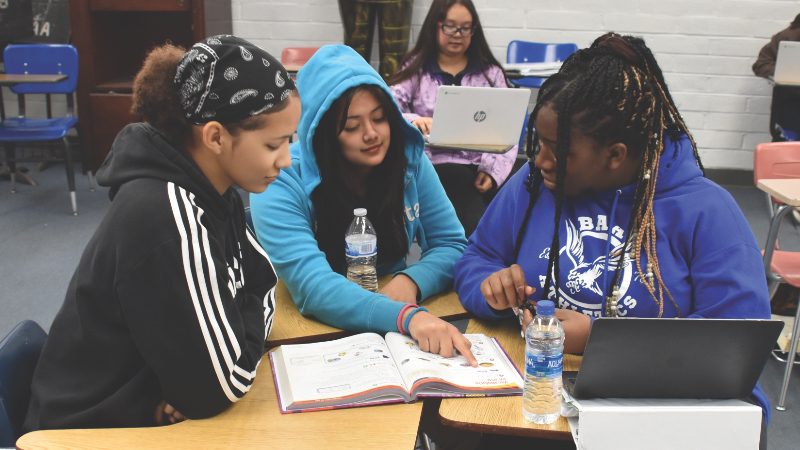Three of Central California Conference’s schools participated in the FIRST Adventist Robotics competitions this last school year in Orlando, Florida. This competition, which was held May 1, 2022, included schools from across the North American Division (NAD). Valley View Junior Academy, Miramonte Christian School, and Central Valley Christian Academy were each able to send a team to the event. T-Wave Tronics (from Valley View Junior Academy) won first place in robot performance and second place in robot design; T.A.K. (from Miramonte Christian School) won the Motivate Award; and Marvin’s Minions (from Central Valley Christian Academy) won the Innovate Award.


Donna J. Baerg Entze, associate superintendent of schools for the Central California Conference, served as a judge for the local tournament. She explained, “This is an opportunity to broaden the students’ horizons. It is a lot more than just building a robot. Part of it is the opportunity to do things outside the classroom. And so much of it is about teamwork. To me that is a very valuable skill for students to learn.” The students also are required to do a presentation of their research and ideas to a panel of judges, teaching them skills in communication, research, presentation, and writing.
Incorporating STEM
Adventist education is continuing to shift and adapt as the world around us changes. One of these constant changes is technology. One of the ways schools continue to adapt is by embracing technology and incorporating it into school programs.
STEM stands for Science, Technology, Engineering, and Math, and schools are finding innovative ways to interest students. STEM is a critical learning area for students of all ages, as our society relies more and more on technology created by people working in these fields. But it can be difficult to motivate students to learn these skills.
One way schools involve their students in STEM is through the Adventist Robotics competitions. This program, which began in 2004 and is sponsored by the NAD as well as the Florida Conference, operates FIRST robotics tournaments and STEM engagements throughout the United States for students in pre-K through 12th grade.
Brian Snarr, Central Valley Christian Academy vice principal and mathematics/science teacher, is also the Adventist Robotics league sponsor for the high school team, Marvin’s Minions. He saw a presentation by Mel Wade, director of Adventist Robotics, at a teachers’ conference several years ago. This made him think it would be an engaging program to add to his school.
“Before that, I was teaching a robotics class but not participating in competitions,” he explained. “The first year was a learning curve, but we went to the finals in Sacramento and made it into the final round, so we were pretty proud; that was 2018. The next year we went to Florida and again made it to the final round.” The following year was 2020, and the competitions were canceled for two years.
This past year, the Marvin’s Minions team made it to the semifinals and won the Innovate Award, which celebrates a team that “thinks outside the box and has an innovative and creative robot design.” The theme for the competition was Freight Frenzy, and it involved delivering three different kinds of freight: cubes, balls, and rubber ducks. These had to be moved to depots and shelves of different heights.
The Marvin’s Minions team created a robot with an arm mounted on a track. This arm was able to pick up the objects and move them to the specific locations, placing them at different heights. The team created this robot through brainstorming and research. “You have all the different aspects of STEM,” explained Snarr, “but what I really like about this program is it goes beyond just the basic science fair project.”
The students build their idea and then discover it has some weaknesses or it doesn’t do exactly what they anticipated. This causes them to go back to the drawing board and refine their product. The students continue in that engineering loop, making their product better and better.


This program can be incredibly beneficial to schools and their students, but it requires someone at the school who has the passion and motivation to start it. “Just jump in,” said Snarr. “The first year is a learning curve, but after that first tournament everyone is so excited.”
Baerg Entze added, “I think it’s a fabulous school program, and there are kids who have gone on to work as engineers, lawyers, on communications teams—it teaches them skills for any area they’re going into. They learn how to present, how to do research, and how to think outside the box.” And this is in addition to the STEM skills learned in the program.
____________________
By Brennan Hallock






